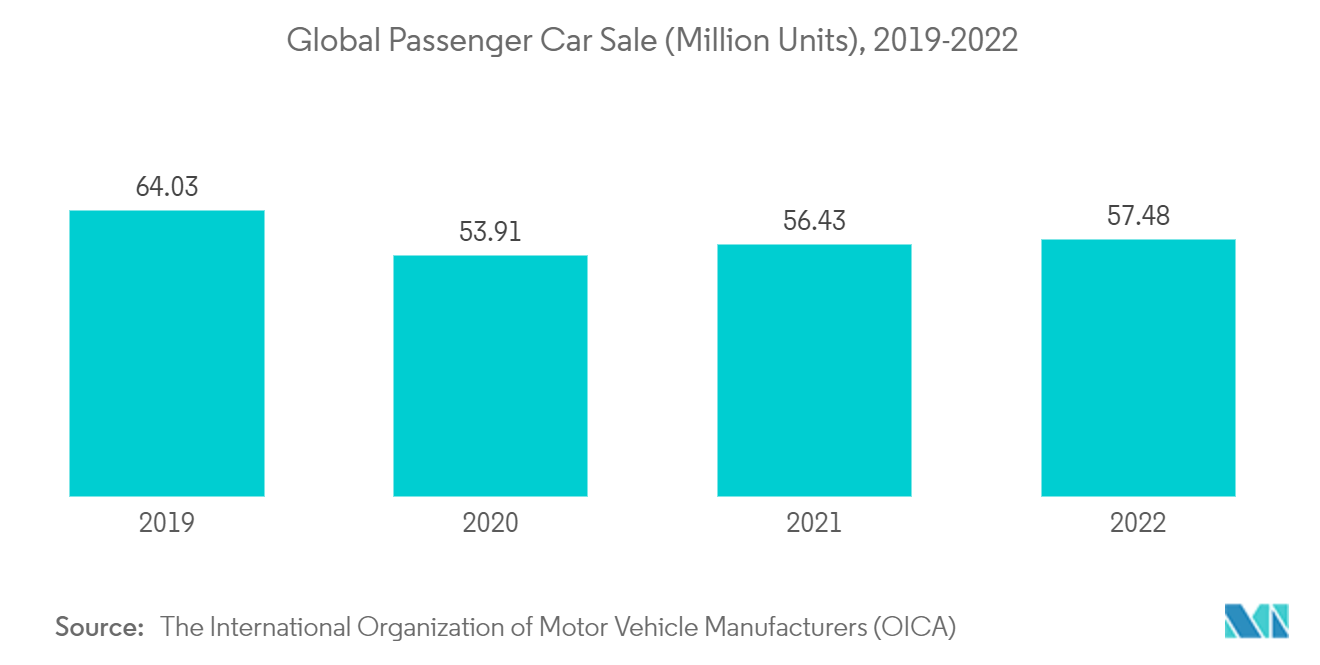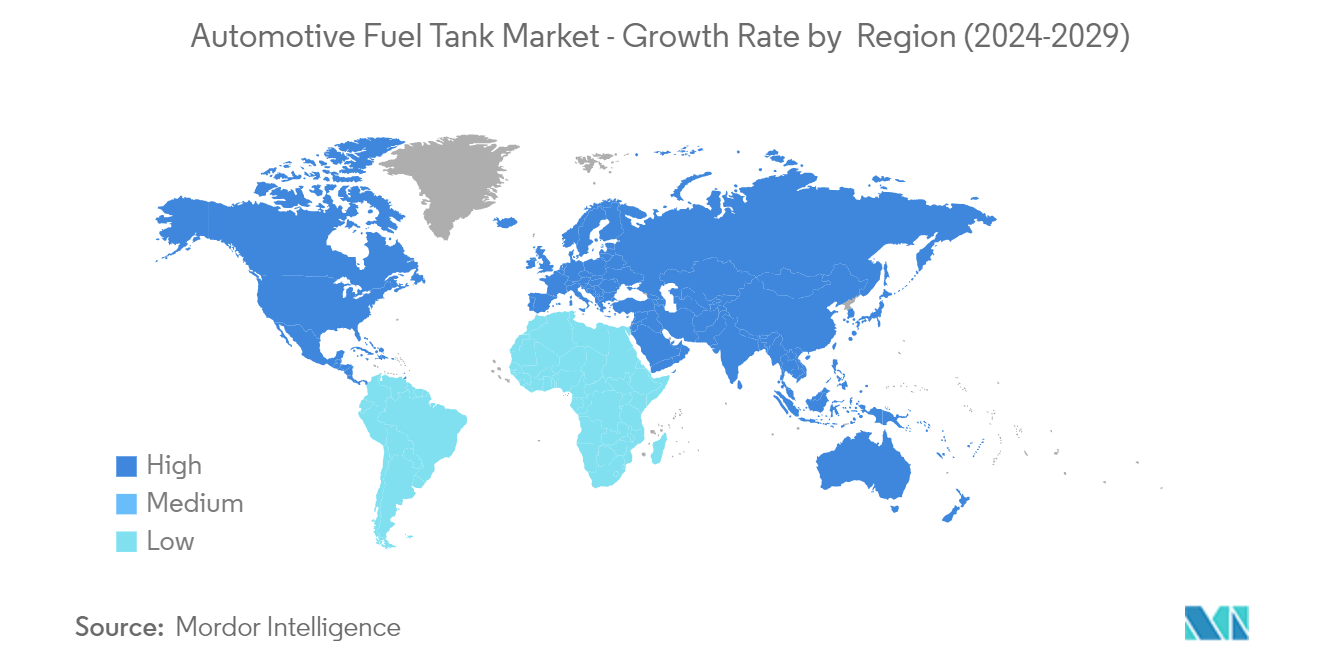Market Trends of Automotive Fuel Tank Industry
45-70 Liters Hold Major Market Share
The majority of new vehicle models released by automobile manufacturers in the last five years have a minimum tank capacity of 45 liters due to the increasing demand for vehicles suitable for long journeys and with a greater mileage range. Additionally, larger fuel tanks help utilize the dead space available within the vehicle's chassis. The extra weight also adds to the car's stability and dynamics.
Most compact cars have a fuel tank capacity of 45 liters, while sedans usually have a capacity of 45-70 liters. On the other hand, SUVs require fuel tanks that can hold more than 70 liters of fuel. Countries like Japan, China, India, Germany, France, and Spain are experiencing an increase in demand for sedans, which means that the 45-70 liter capacity range is expected to be the largest market.
Passenger cars are becoming increasingly popular in developing countries as per capita income rises, which could positively impact the market.
Emerging economies like India are seeking better fuel alternatives for their passenger cars, such as ethanol. This move is expected to have a positive impact on market growth. The growth of the vehicle market could face some challenges due to increasing emissions regulations, the rise of electric vehicles, and the depletion of fossil fuel reserves caused by the harmful effects of internal combustion engine (ICE) vehicles on the environment.
However, in some developing countries, the lack of EV infrastructure and charging facilities could lead to the expansion of the market during the forecast period. Meanwhile, SUVs and other commercial vehicles are popular in the United States, China, and Germany, which is why these regions are expected to drive the above 70-liter market segment.
The market under consideration is expected to surge significantly in the years ahead due to the rise in disposable income in various economies and the growing usage of vehicles worldwide. The technology boom has led to advancements in low-emissions and fuel-efficient internal combustion engines, which could further boost the growth of this segment.

Asia-Pacific Dominates the Market and is Expected to Witness the Fastest Growth Rate
The Asia-Pacific automotive industry is expanding due to increasing demand for passenger cars, with China and India being the largest contributors to vehicle sales. China dominates the region in terms of auto industry throughput and automotive component production.
Leading OEMs, auto suppliers, and engine manufacturers in the region continue to maintain a steady supply of vehicles globally. In 2022, the total number of vehicles sold in China was 26,863,745 units, a 2.2% increase from the 26,274,820 units sold in 2021.
India is a significant exporter of automobiles, and with its current mobility expansion projects, it is expected to experience strong export growth shortly. Additionally, various initiatives by the Indian government and major automakers in the Indian market are expected to position India as a major player in the global automobile export market.
According to the Federation of Automobile Dealers Associations (FADA), the passenger vehicle segment achieved a new all-time high in January, retailing 393,250 vehicles and surpassing the previous record set in November 2023.
India's expertise in automobiles and auto components has propelled market growth due to a significant increase in automobile demand, leading to the emergence of more OEMs and auto component manufacturers.
Owing to the increasing sales of mini and medium-segment cars, the region is expected to play a crucial role in the overall market during the coming years.


